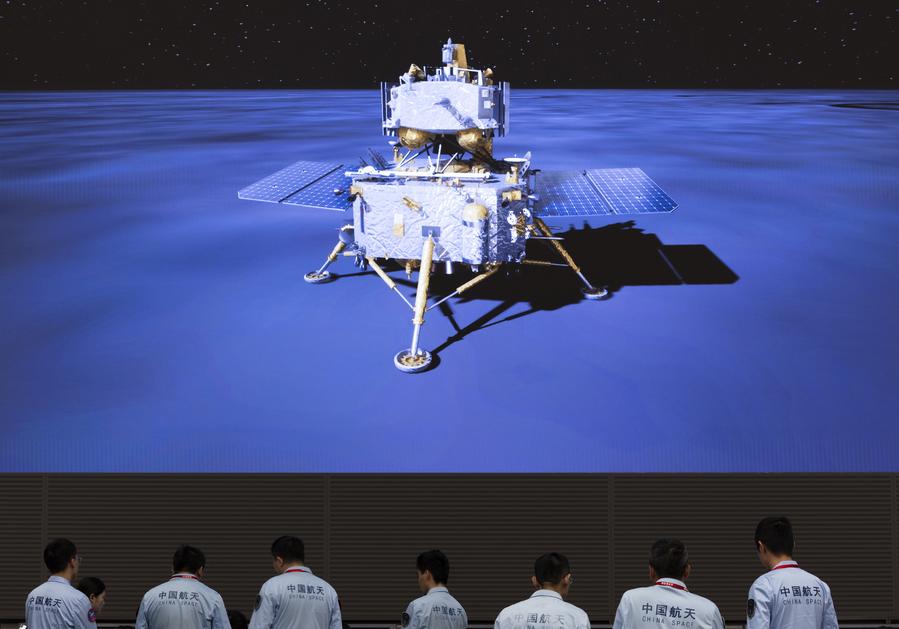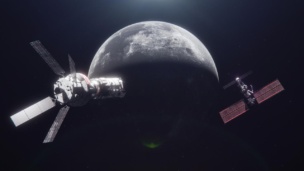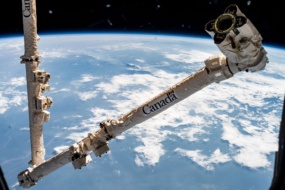China successfully soft landed an uncrewed spacecraft on the far side of the Moon over the weekend—the third lunar landing in what is shaping up to be a very busy year on Earth’s satellite.
The details: The Chang’e-6 spacecraft touched down Saturday evening ET at the South Pole-Aitken Basin, the largest impact crater in the solar system, according to Chinese state media agency Xinhua News. It’s Beijing’s fourth time successfully landing on the lunar surface, and its second visit to the far side of the Moon.
The mission’s end goal is to bring the first samples from the Moon’s far side back to Earth.
What’s next: After spending nearly a month traveling through space, the spacecraft is getting right to work and will spend just two days collecting samples. The mission is taking samples in two ways:
- Drilling to collect samples from beneath the surface of the crater
- Gathering samples from the lunar surface with a robotic arm
The spacecraft is also able to operate autonomously to overcome the communication disruptions that come with operating on the far side of the Moon, according to Xinhua News. It’s expected to dramatically reduce the number of instructions ground crew need to send to the probe—while the mission’s predecessor, Chang’e-5 received ~1,000 instructions while collecting lunar samples, Chang’e-6 is expected to get only ~400.
International praise: Chang’e-6 has three European scientific payloads on board from ESA, France, and Italy.
“Incredible! Congratulations to the Chinese National Space Agency on the remarkable success of Chang’e-6 mission thus far. It’s a wonderful accomplishment that ESA is thankful and proud to have a part in,” ESA chief Josef Aschbacher wrote on social media.



